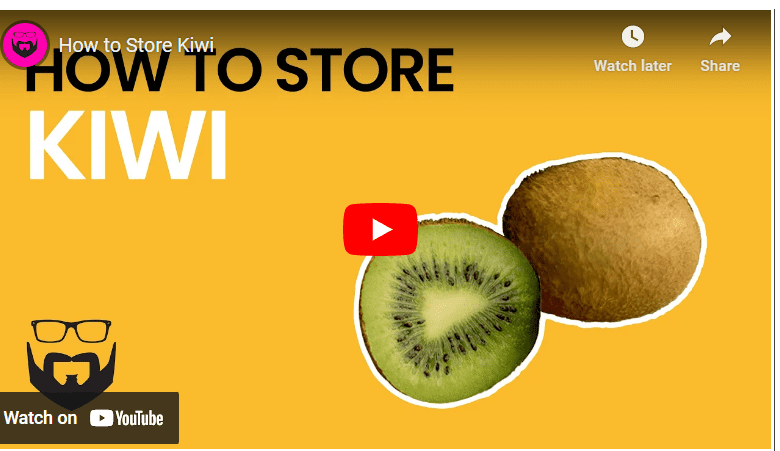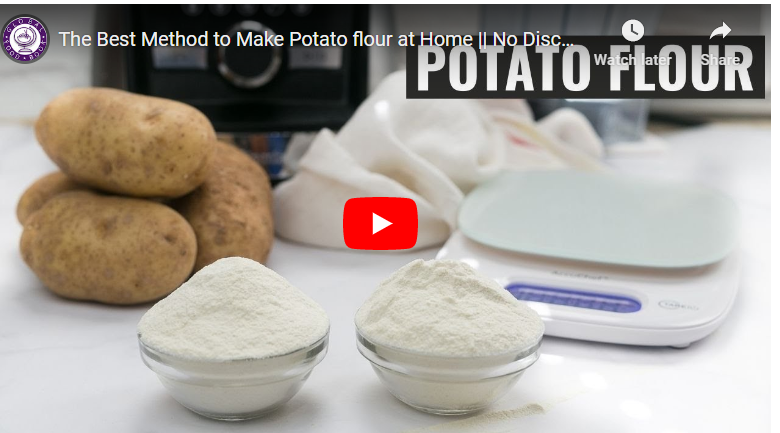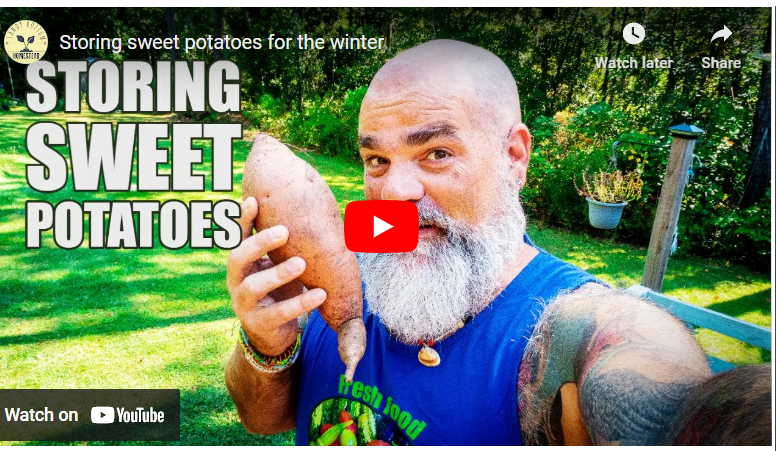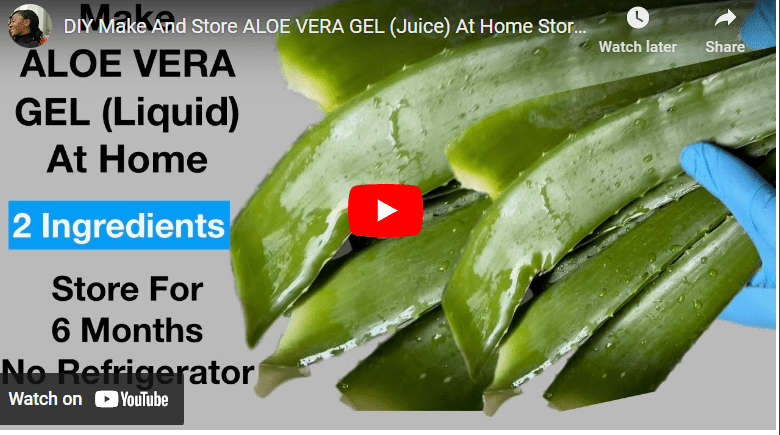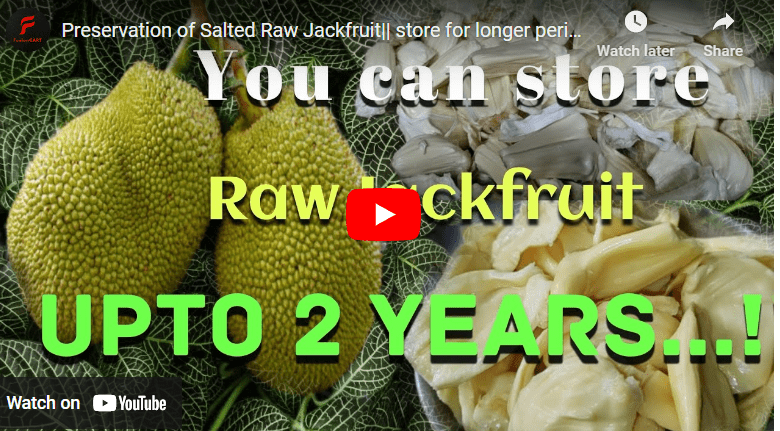Kiwis are a delicious and nutritious fruit that are packed with essential vitamins and minerals, making them a popular choice for health-conscious consumers.
But what happens when you have more kiwi than you can eat before they go bad? That’s where preservation comes in. By preserving kiwi fruit, you can extend their shelf life and enjoy their sweet and tangy flavor all year round.
Preserving kiwi can be a simple process, and there are several methods to choose from, including freezing, drying, making jam or jelly, and preserving in syrup. Each method has its unique benefits and can be used to preserve kiwi in different ways.
Preserving kiwifruit for long-term storage is a simple process that involves peeling and freezing the fruit. To begin, select firm, ripe kiwifruit, then peel them and cut them into slices. Place the slices on a baking sheet and freeze for two to three hours. Once frozen, transfer the slices to an airtight container or zip-top bag and store them in the freezer for up to one year.
How To Preserve Kiwi
Kiwi is high in vitamin C, fiber, and antioxidants. When selecting kiwis, choose fruits that are ripe and free from bruises or soft spots. To prepare kiwi, simply wash, slice, and enjoy as a snack or add it to your favorite recipes for a sweet and tangy flavor.
Read Also: How To Preserve Aloe Vera For Long-Time Storage
To understand kiwi preservation, you need to know the different techniques available and how to choose the best method based on your needs. Freezing, drying, making jam or jelly, and preserving in syrup are all viable options.
Stage I: Select Kiwi Fruit for Preservation
Follow the steps below to select Kiwi fruit for preservation
Read Also: How To Preserve Green Peppers For Long Time Storage
#1. Choose Ripe Kiwis
To select kiwis for preservation, look for fruits that are ripe but not too soft. Ripe kiwis should yield to gentle pressure and have a sweet aroma. Avoid fruits that are too soft or mushy, as they may not preserve well.
Read Also: How To Preserve Apple for Long-Time Storage
#2. Check for Quality
Inspect the kiwis for any signs of damage or mold. Choose fruits that are free from bruises, soft spots, or cuts, as these can cause spoilage during storage.
#3. Buy Local
Whenever possible, buy kiwis from local farmers or markets. Locally grown kiwis are more likely to be fresher and of higher quality than imported fruits.
#4. Consider the Season
Kiwi fruits are in season from late fall to early spring. During this time, they are more likely to be fresher and of better quality. If you’re buying kiwis out of season, be sure to inspect them carefully for signs of spoilage.
Read Also: How To Preserve Avocado For Long Time Storage
#5. Store Properly
Once you’ve selected your kiwis, store them in a cool, dry place until you’re ready to preserve them. Avoid placing them in direct sunlight or near heat sources, as this can cause them to spoil more quickly.
Stage II. Techniques for Preserving Kiwi Fruit
Here are some techniques that you can use to preserve your Kiwi for future use.
#1. Freezing Kiwi
Follow the step below to freeze your Kiwi for future use.
Step 1. Prepare the Kiwis
Wash and peel the kiwis, and slice them into desired shapes and sizes.
Read Also: How To Preserve Beans For Long Time Storage
Step 2. Flash Freeze
Place the sliced kiwis in a single layer on a baking sheet and freeze them for 1-2 hours until they are firm but not frozen solid.
Step 3. Transfer to Storage Containers
Transfer the partially frozen kiwis to airtight freezer-safe containers or resealable plastic bags. Remove any excess air and seal the container tightly.
Step 4. Label and Freeze
Label the containers or bags with the date and contents, and place them in the freezer. Kiwis can be stored in the freezer for up to 6-8 months.
Read Also: How To Preserve Cabbage For Long Storage
Advantages
- Freezing is a simple and convenient method for preserving kiwi.
- Frozen kiwi can be easily added to smoothies, desserts, or eaten as a frozen snack.
- Freezing preserves the nutrients in the kiwi, making it a healthy option for a quick snack.
- Freezing allows for long-term storage, making it an ideal option for preserving a large quantity of kiwi.
Disadvantages
- Frozen kiwi can become mushy when thawed, making it less appealing to eat.
- Kiwis may lose some of their texture and flavor when frozen, making them less desirable for some dishes.
- Freezing requires adequate storage space in the freezer, which may not be ideal for those with limited freezer space.
- Kiwis that have been previously frozen may not be suitable for eating raw and are best used in cooked or blended dishes.
Read Also: How To Preserve Carrot For Long Time Storage
#2. Drying Kiwi
Follow the step below to dry your Kiwi for future use.
Step 1. Wash and Peel the Kiwis
Thoroughly wash the kiwis and peel them. Slice the kiwis into 1/4-inch-thick rounds.
Step 2. Dehydrate the Kiwis
Place the kiwi slices in a single layer on a dehydrator tray. Dehydrate the kiwis at 135°F for 6-12 hours, or until they are dry and crispy.
Step 3. Cool and Store
Remove the dried kiwi slices from the dehydrator and let them cool to room temperature. Store them in an airtight container in a cool, dry place.
Read Also: How to Preserve Cocoa for Long Time Storage
Step 4. Rehydrate (Optional)
To rehydrate the kiwi slices, soak them in warm water or juice for 5-10 minutes before use.
Advantages
- Dried kiwi is a healthy and convenient snack that can be easily carried and stored.
- Dried kiwi is a good source of fiber, antioxidants, and vitamins.
- Dried kiwi can be used in a variety of dishes, such as trail mix, granola bars, or added to baked goods.
- Drying kiwi allows for long-term storage, making it a great option for preserving kiwis that are in abundance.
Disadvantages
- Drying kiwi requires a dehydrator, which can be expensive and take up a lot of space.
- Dried kiwi may lose some of its nutrients during the dehydration process.
- Drying kiwi can be time-consuming, as it can take several hours for the kiwis to dry completely.
- Dried kiwi may not be as flavorful as fresh kiwi, and some people may find the texture less appealing.
Read Also: How To Preserve Coconut For Long-Time Storage
#3. Making Kiwi Jam or Jelly
Step 1. Prepare the Kiwis
Wash and peel the kiwis, and dice them into small pieces.
Step 2. Cook the Kiwis
In a large pot, combine the diced kiwis with sugar and lemon juice. Cook the mixture over medium heat, stirring frequently, until the kiwis break down and the mixture thickens.
Step 3. Test the Jam/Jelly
To test if the jam or jelly is done, place a small amount on a plate and let it cool. If it forms a skin and wrinkles when you push it with your finger, it is ready.
Read Also: How To Preserve Cucumber For Longer Storage
Step 4. Fill Jars
Pour the hot jam or jelly into sterilized jars, leaving 1/4 inch of headspace. Wipe the rims clean and seal with lids.
Step 5. Process the Jars
Process the jars in a boiling water canner for 10-15 minutes, depending on your altitude.
Advantages:
- Kiwi jam or jelly is a delicious spread that can be enjoyed on toast, biscuits, or used as a glaze for meats.
- Making your own jam or jelly allows you to control the ingredients and ensure that no preservatives or additives are included.
- Kiwi jam or jelly can be made in large batches and stored for up to a year, providing a long-term solution for preserving kiwis.
- Kiwi jam or jelly can be a great way to use up excess or overripe kiwis.
Disadvantages
- Making jam or jelly requires a significant amount of time and effort, from preparing the fruit to processing the jars.
- Canning equipment can be expensive and take up a lot of space.
- Improper canning techniques can lead to spoilage or botulism, which can be dangerous.
- Kiwi jam or jelly may contain a high amount of sugar, which may not be suitable for those on a low-sugar diet.
Read Also: How To Preserve Flowers
#4. Kiwi in Syrup
To preserve kiwi in a syrup, here are the steps you need to follow:
Step 1. Prepare the Kiwis
Wash and peel the kiwis, and cut them into thin slices.
Step 2. Make the Syrup
In a large pot, combine water and sugar in a 2:1 ratio (2 cups water to 1 cup sugar). Heat the mixture over medium heat, stirring frequently, until the sugar dissolves completely.
Step 3. Add Kiwis to the Syrup:
Add the kiwi slices to the syrup mixture and let them simmer for 3-5 minutes.
Step 4. Fill Jars
Carefully remove the kiwi slices from the syrup mixture and pack them tightly into sterilized jars. Pour the hot syrup over the kiwi slices, leaving 1/4 inch of headspace. Wipe the rims clean and seal with lids.
Read Also: How To Preserve Fresh Pepper For Long-Time Storage
Step 5. Process the Jars
Process the jars in a boiling water canner for 10-15 minutes, depending on your altitude.
Advantages
- Kiwi in syrup is a sweet and delicious dessert that can be enjoyed on its own or used as a topping for ice cream or cakes.
- The syrup can be reused for other fruit preservation techniques, such as peaches or pears, making it a versatile preservation method.
- Preserving kiwi in syrup can be a great way to use up excess or overripe kiwis.
- The preserved kiwi in syrup can be stored for up to a year, providing a long-term solution for preserving kiwis.
Read Also: How to Preserve Irish Potatoes For Long Time Storage
Disadvantages
- Preserving kiwi in syrup requires a significant amount of sugar, which may not be suitable for those on a low-sugar diet.
- The texture of kiwi slices may change when preserved in syrup, becoming softer and less crisp.
- The syrup may become too thick or crystallized over time, affecting the taste and texture of the preserved kiwi.
- Preserving kiwi in syrup may not be as flavorful as other preservation methods, such as freezing or making jam or jelly.
Read Also: How To Preserve Green Peas For Long Time Storage
How to use Preserved Kiwi
Preserved kiwi can be used in a variety of ways, including:
- As a topping for yogurt, oatmeal, or granola
- As a filling for cakes, pastries, or crepes
- As a garnish for cocktails or mocktails
- Blended into smoothies or milkshakes
- Eaten on its own as a sweet and flavorful snack
Read Also: How to Preserve Tomatoes for Long Time Storage
To get the most out of your preserved kiwi, consider experimenting with different recipes and flavor combinations to find what works best for you.
Challenges of preserving Kiwi
While preserving kiwi can be a great way to enjoy this delicious fruit year-round, it does come with some challenges. These include:
- Kiwis can be fragile and easily damaged during the preservation process, which can affect the final texture and flavor of the preserved fruit.
- Kiwis contain enzymes that can cause them to break down quickly, which can make it challenging to preserve them for long periods of time without proper preservation techniques.
- Different preservation methods may require different equipment and storage solutions, which can be a challenge for those with limited kitchen space or resources.
- Preserving kiwi can be time-consuming, especially if you are using techniques like canning or drying, which may require several hours or days of preparation and cooking.
Read Also: How To Preserve Locust Beans For Long Time Storage
How Long Does Kiwi Last In The Fridge
When stored properly, kiwi fruit can last up to two weeks in the refrigerator. To maximize its shelf life, it’s important to store kiwi in a cool, dry place, away from direct sunlight and other fruits and vegetables that release ethylene gas, which can cause kiwi to ripen and spoil faster.
Read Also: How To Preserve Garlic For Long Time Storage
To help extend its shelf life, consider wrapping kiwi in a paper towel or placing it in a plastic bag before storing it in the refrigerator.
Kiwi Preserves Recipe
Making kiwi preserves is a great way to enjoy the sweet and tangy flavor of this delicious fruit year-round. You can try this simple recipe at home:
Ingredients:
- 1 pound of kiwi fruit, peeled and chopped
- 1 cup of sugar
- 1 tablespoon of lemon juice
- 1 teaspoon of vanilla extract
Read Also: How To Preserve Jackfruit For Long Time Storage
Instructions:
- In a large saucepan, combine the chopped kiwi fruit, sugar, and lemon juice. The mixture should be heated to boil over medium-high heat, stirring constantly.
- Reduce the heat to medium-low and simmer the mixture for 20-30 minutes, or until it thickens and becomes syrupy.
- Remove the saucepan from the heat and properly stir in the vanilla extract.
- Using a ladle or spoon, transfer the kiwi preserves to sterilized jars and seal with a lid.
- Allow the preserves to cool to room temperature before storing in the refrigerator.
Read Also: How To Preserve Ginger For Long Time Storage
How To Cut Kiwi
Cutting a kiwi can be a bit tricky due to its fuzzy skin and small seeds. Here’s a simple method for cutting kiwi fruit:
- Begin by washing the kiwi thoroughly under cold running water.
- Cut off the ends of the kiwi using a sharp knife.
- Stand the kiwi upright on one end and use a sharp knife to carefully slice off the skin in thin strips, working your way around the fruit.
- Once the skin is removed, slice the kiwi in half lengthwise.
- Use a spoon to scoop out the flesh of the kiwi, being careful not to damage the delicate fruit or the small seeds.
Read Also: How To Preserve Lettuce For long Time Storage
What To Do With Frozen Kiwi
Frozen kiwi can be a great addition to smoothies, desserts, and other recipes that call for fresh kiwi. Here are a few ways to use frozen kiwi:
- Blend it into smoothies or milkshakes for a cool and refreshing treat.
- Use it as a topping for yogurt, oatmeal, or granola.
- Thaw and puree frozen kiwi to make a flavorful sauce or glaze for meats, seafood, or vegetables.
- Add frozen kiwi to your favorite dessert recipes, such as pies, cakes, or ice cream.
Read Also: How To Preserve Lemon For Long Time Storage
How Long Does Kiwi Last At Room Temperature
Kiwi fruit should be stored in a cool, dry place, away from direct sunlight and other fruits and vegetables that release ethylene gas, which can cause kiwi to ripen and spoil faster. At room temperature, kiwi can last for up to a week, but it’s important to monitor its ripeness and consume it before it becomes too soft or overripe.
Read Also: How To Preserve Green Beans For Long Time Storage
Kiwi Storage Temperature
The ideal storage temperature for kiwi fruit is between 32-35 degrees Fahrenheit, which is slightly above freezing. Kiwi should be stored in a cool, dry place, away from direct sunlight and other fruits and vegetables that release ethylene gas, which can cause kiwi to ripen and spoil faster. If you don’t have access to a refrigerator, consider storing kiwi in a cool basement or root cellar.
Read Also: How to Preserve Ogbono For Long Storage
How Long Can You Freeze Kiwi
Kiwi can be frozen for up to 8-10 months. It’s important to properly store it in an airtight container or freezer bag to prevent freezer burn and maintain its quality. Thaw kiwi in the refrigerator overnight for best results.
Conclusion
Preserving kiwi fruit is a simple and practical way to enjoy its delicious flavor and nutritional benefits throughout the year. Whether you choose to freeze, dry, make jam or jelly, or preserve in syrup, there are several techniques to choose from that can suit your needs. By following the tips and techniques outlined in this article, you can extend the shelf life of your kiwis, reduce food waste, and enjoy the sweet and tangy taste of kiwi in a variety of ways.
